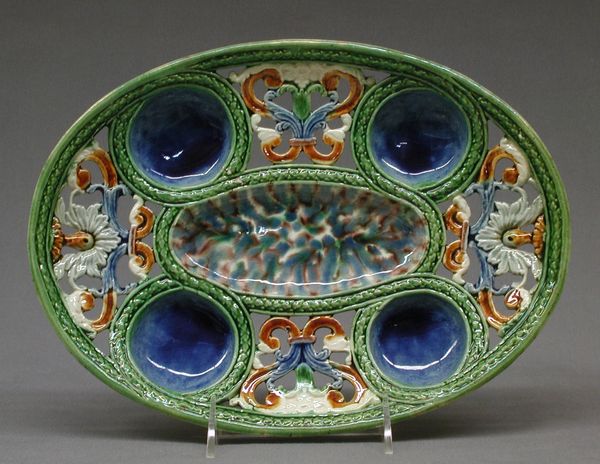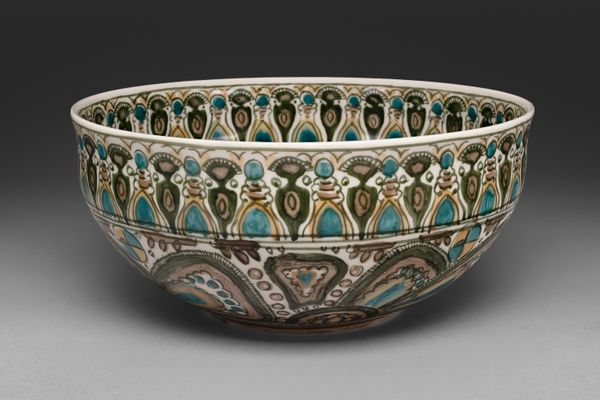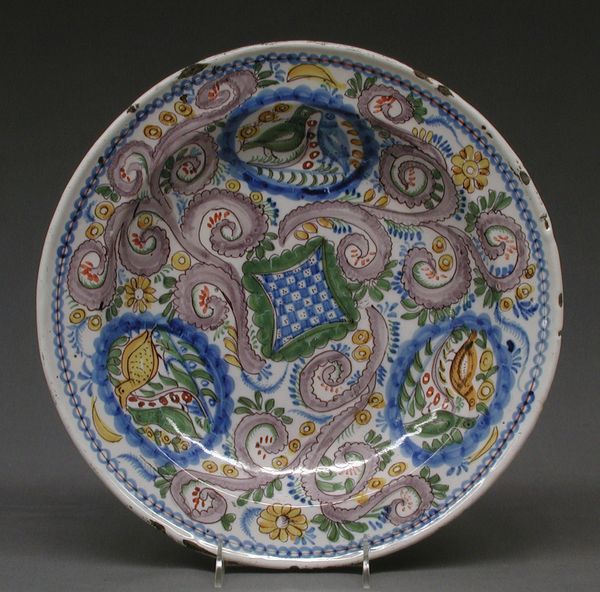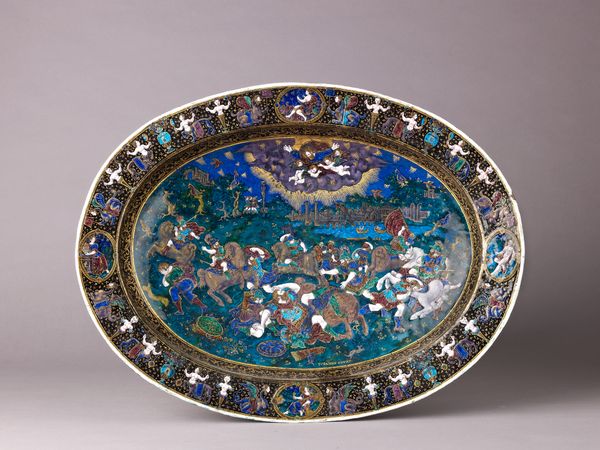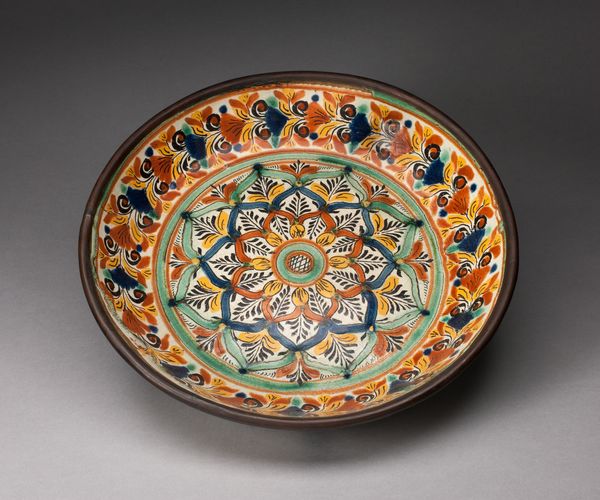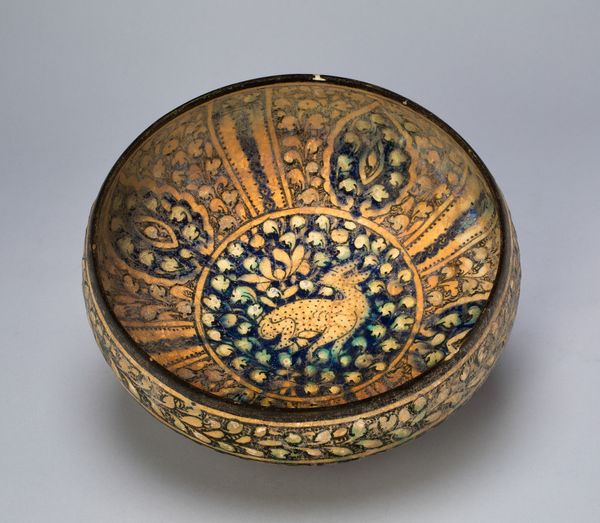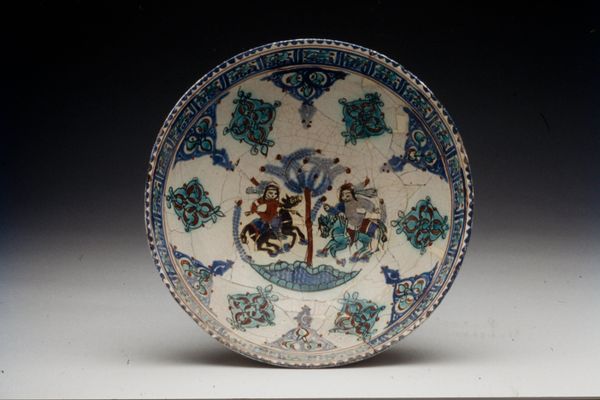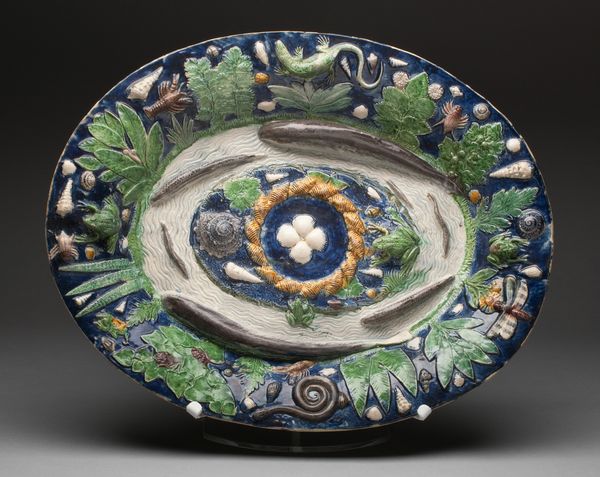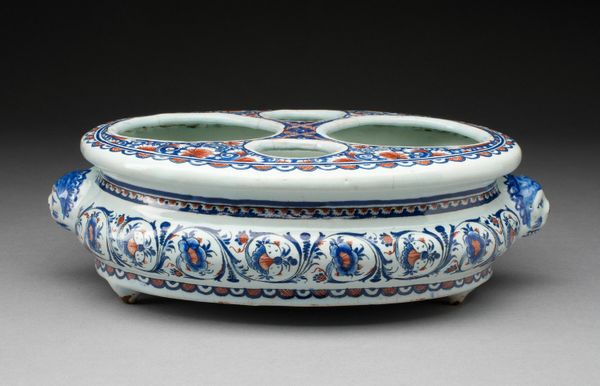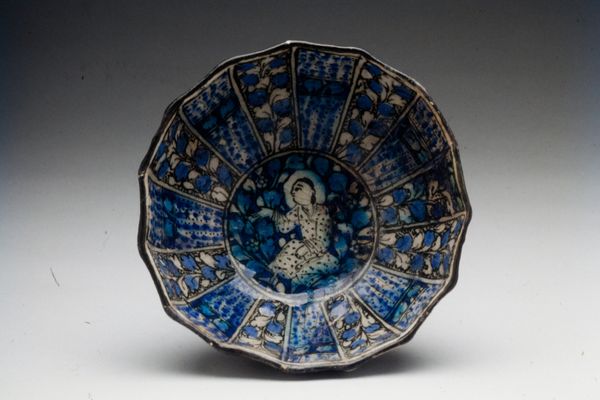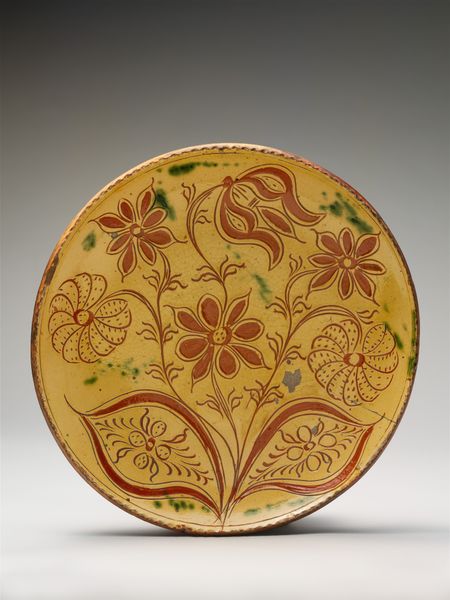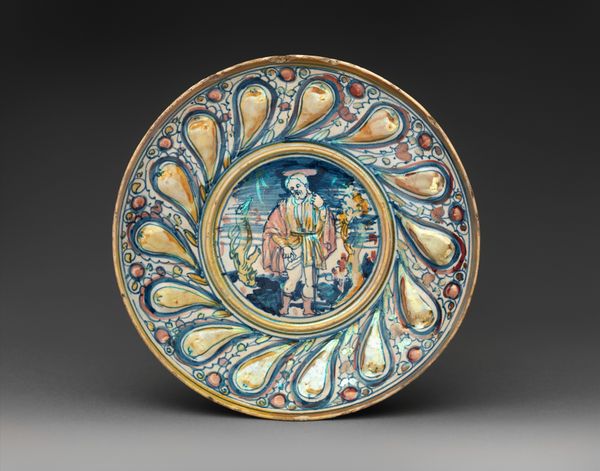
Dimensions: Overall: 2 11/16 × 13 1/4 × 10 1/4 in. (6.8 × 33.7 × 26 cm)
Copyright: Public Domain
This glazed earthenware dish was made in France in the 16th century by Bernard Palissy, a Huguenot potter who sought to reproduce Italian Renaissance maiolica. But he was also deeply interested in natural science. The form is influenced by Italian models, but the naturalistic decoration, with its plants and fruits, reflects Palissy's own observations and experiments. Born during the Reformation, Palissy was imprisoned for his religious beliefs. He eventually died in the Bastille. His ceramics are thus bound up with social and political history. Dishes such as this one were luxury items, produced for an aristocratic elite. To fully appreciate the dish, we can study treatises on Renaissance ceramics, or documents related to the French religious wars. This would show us more about the rich and complex artistic context in which Palissy was working. Only by considering such factors can we begin to understand the dish's full meaning and significance.
Comments
No comments
Be the first to comment and join the conversation on the ultimate creative platform.
